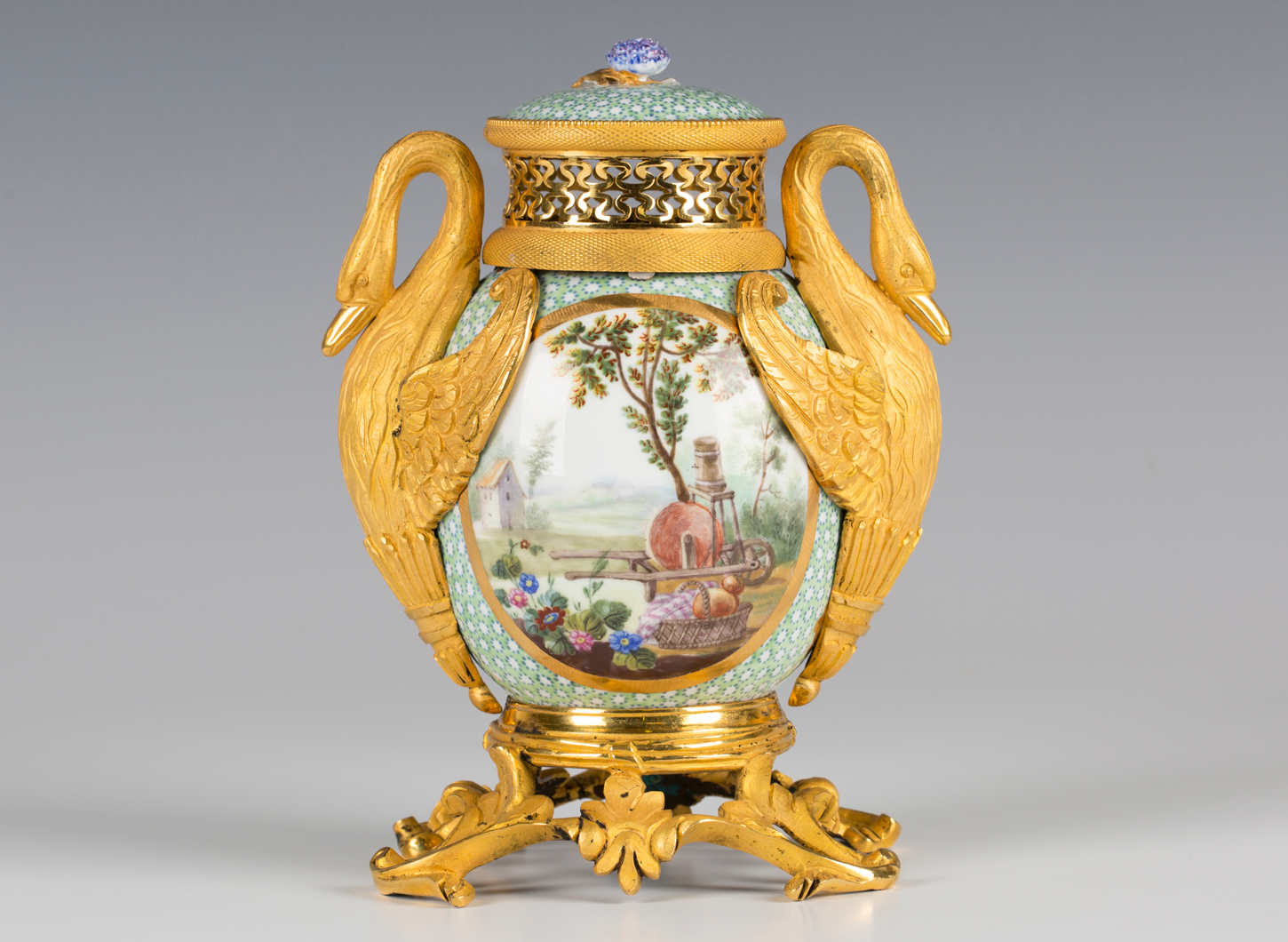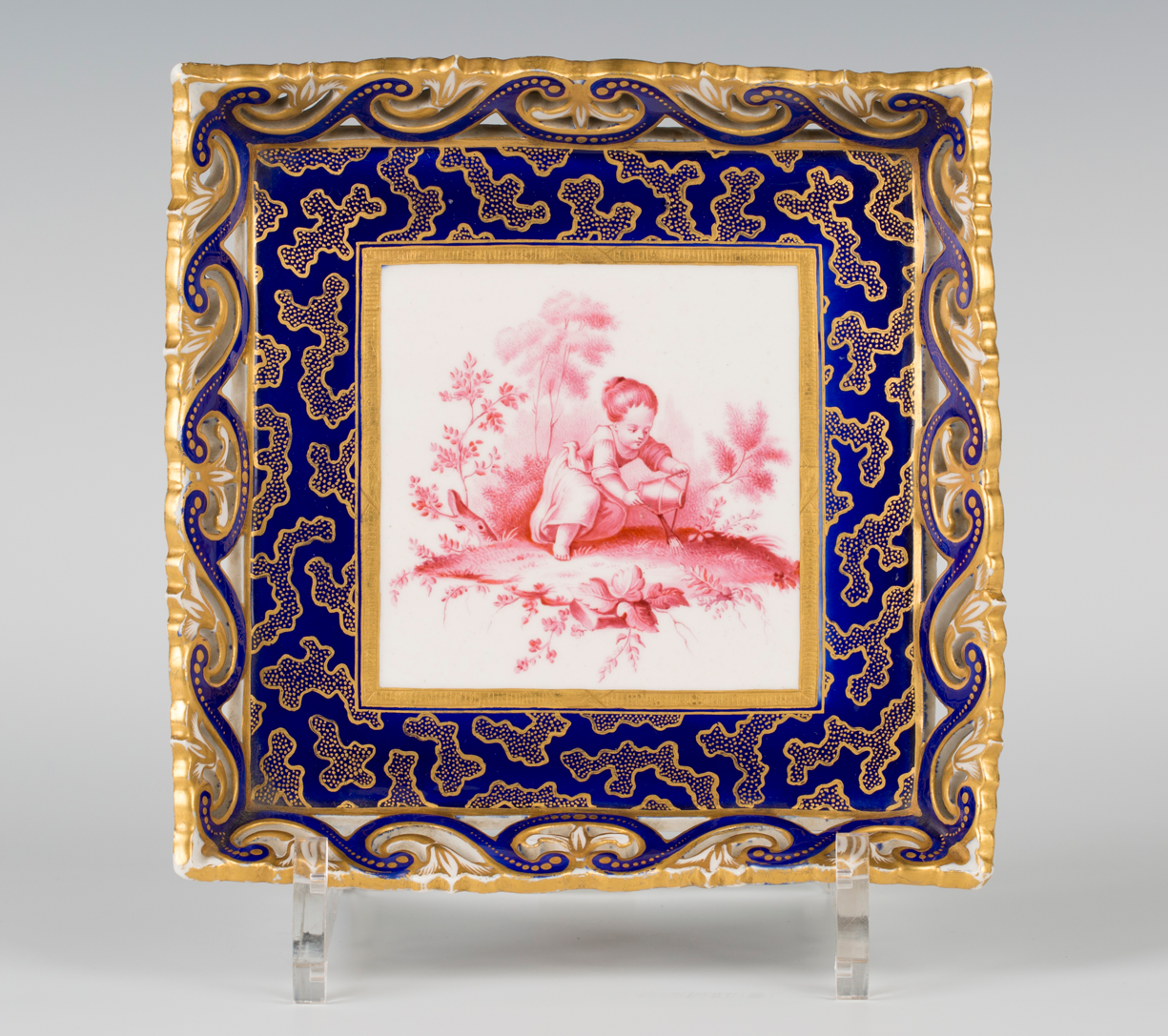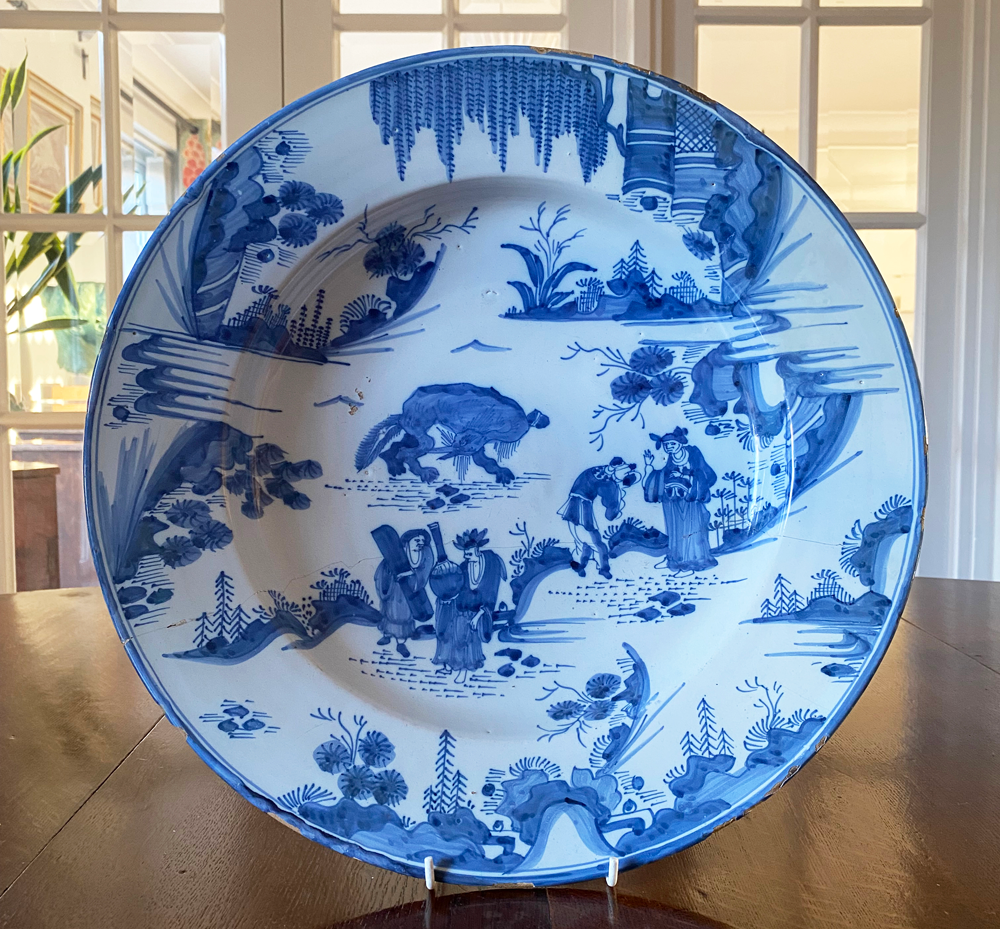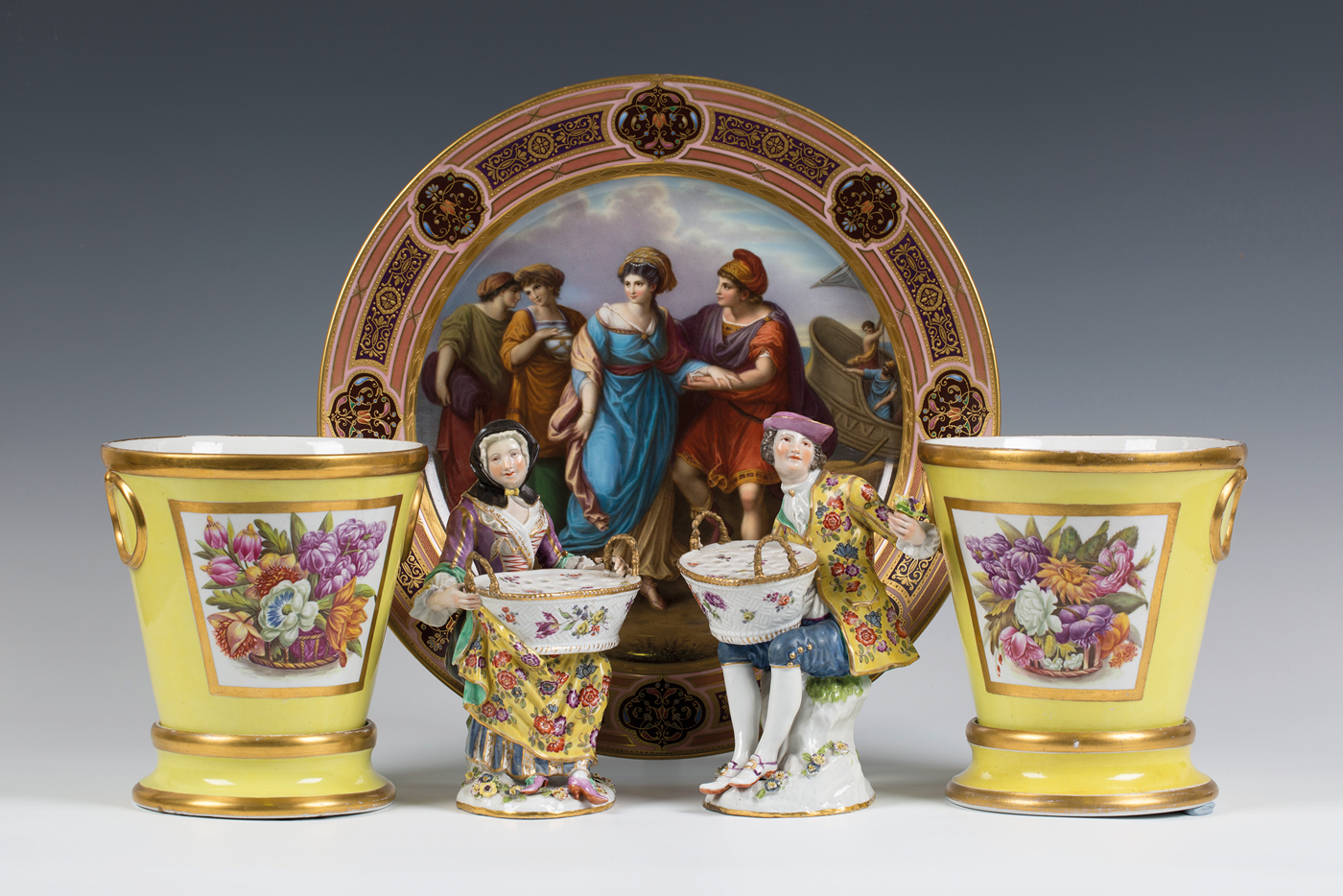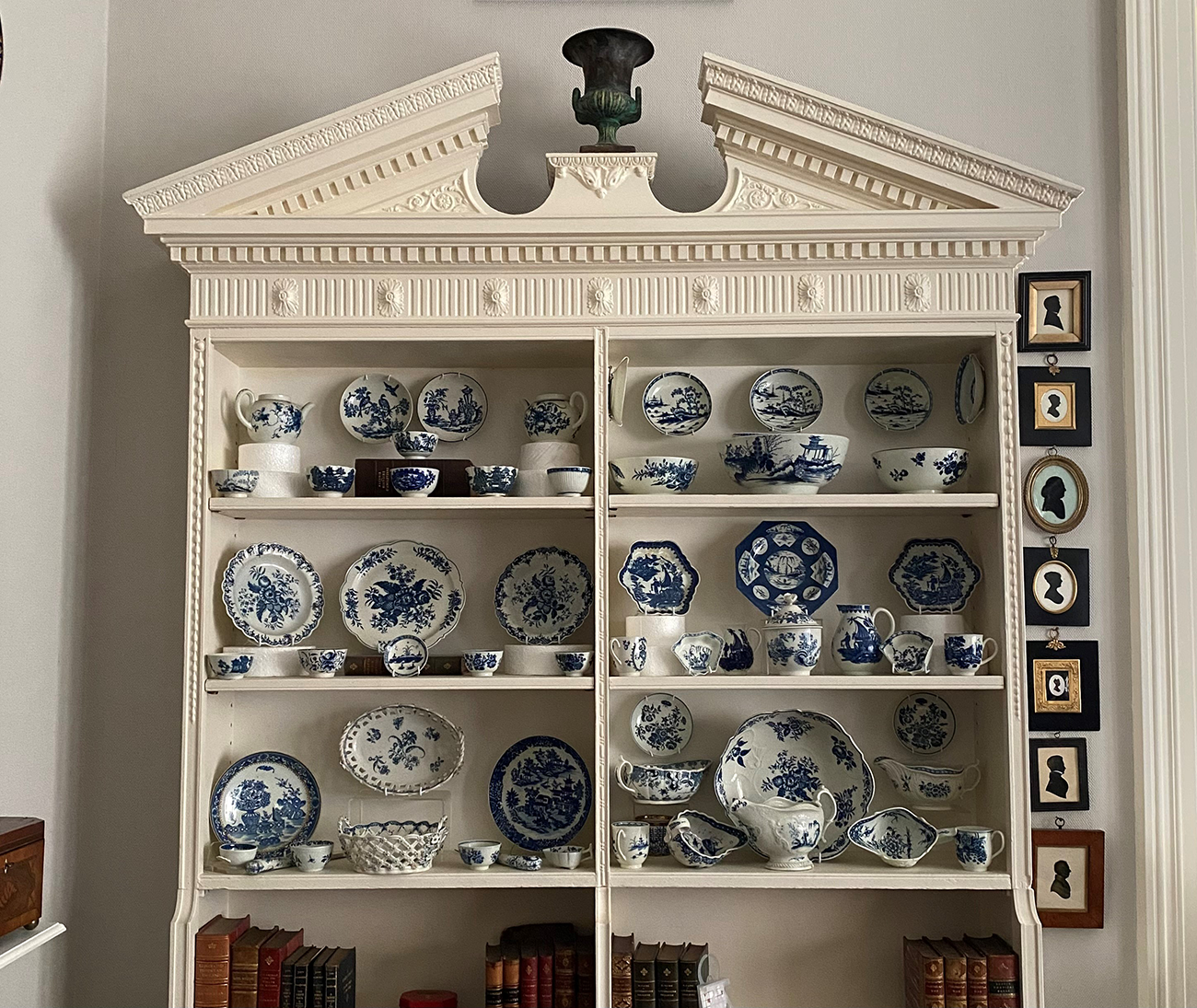
A fine collection of 18th century English porcelain is to be sold at Toovey’s from the Donald Church and Michael Godfrey Collections on Thursday 25th May. The collection includes examples from Nantgarw, and many other leading British makers but at its heart is a beautiful array of Worcester porcelain.
The Worcester porcelain factory was the most long-lived and amongst the finest English factories. It was founded in 1751 and in 1752 it took over Lund’s Bristol Porcelain Factory with his secrets for making soft-paste porcelain employing Cornish soapstone, a formula used until 1784.
The first period era of the factory is known as the Dr Wall Period (1751-1776) after John Wall who was amongst the founder shareholders. The factory was managed by William Davis and specialised in useful wares, especially for the tea table as well as decorative vases. The pieces were first decorated with chinoiserie designs in underglaze blue and colourful enamels. From 1757 they pioneered transfer decoration initially in black but from 1760 in underglaze blue. The printed decorations were designed and engraved by R Hancock. Prices for 18th century Worcester porcelain like the pieces illustrated, for the most part, remain highly and accessible and give expression to the vibrant, creative qualities of 18th century English art and industry brought together.
They also provide a vital decorative element to the textural, layered quality of English Country House taste which was so important in informing Michael Godfrey and Donald Church’s collecting passions.
Their great friendship was born out of a shared joy in collecting and National Trust trips.
Donald Church had a remarkable career working with many of the leading interior decorators of the post-war period including the hugely influential John Fowler of Colefax and Fowler.
Donald left his position as John’s assistant but remained a life-long friend working for him as a consultant over many years providing watercolour designs and drawings including studies for John Fowler’s interior designs for several National Trust properties.
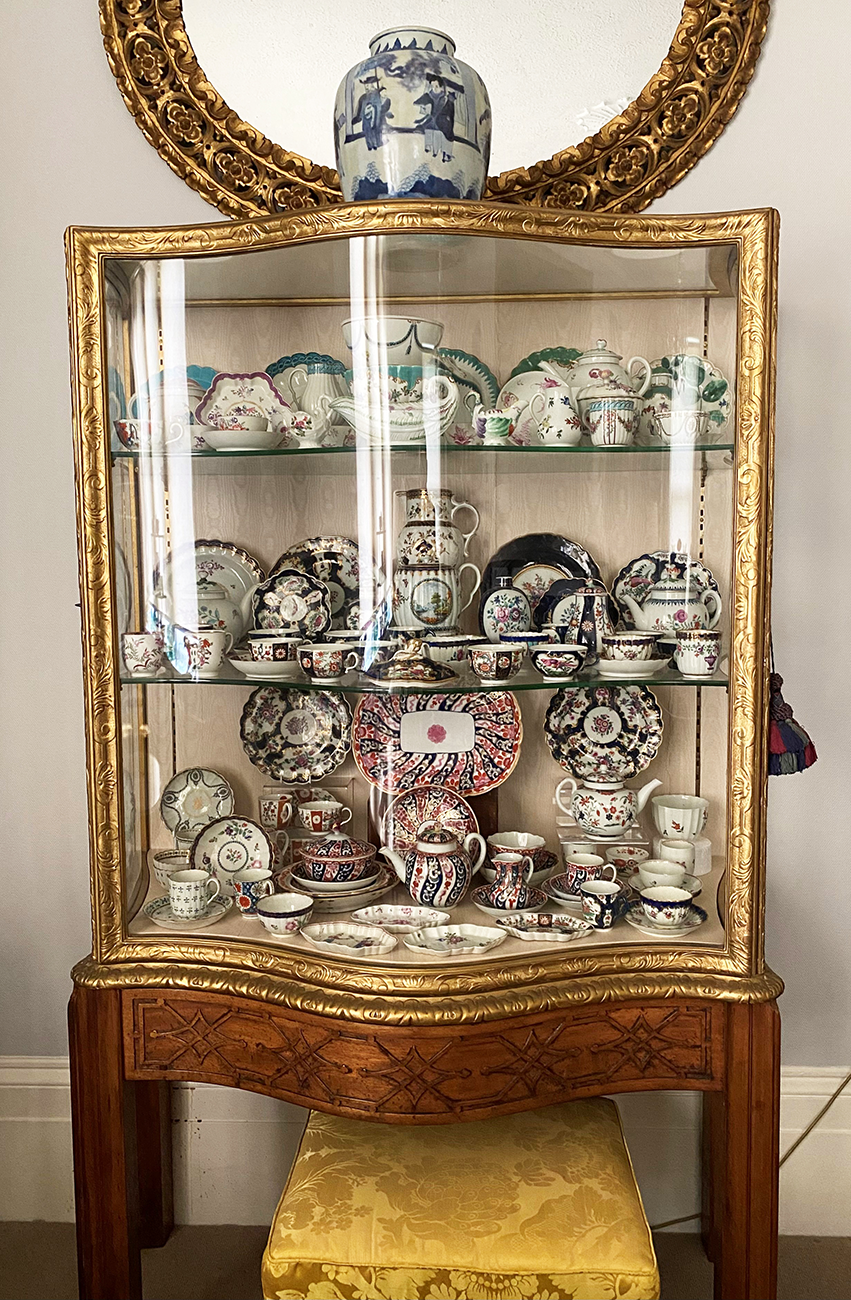
Michael Godfrey’s collection, too, is informed by exceptional taste..
After the great success of the sale of their fine Georgian furniture and Works of Art I am excited to see how their 18th century British porcelain and paintings will be received.
They are to be sold together in a series of specialist auctions in May. The catalogue will be online at tooveys.com from Saturday 13th May – search The Michael Godfrey & Donald Church Collections to delight in their connoisseurship.
